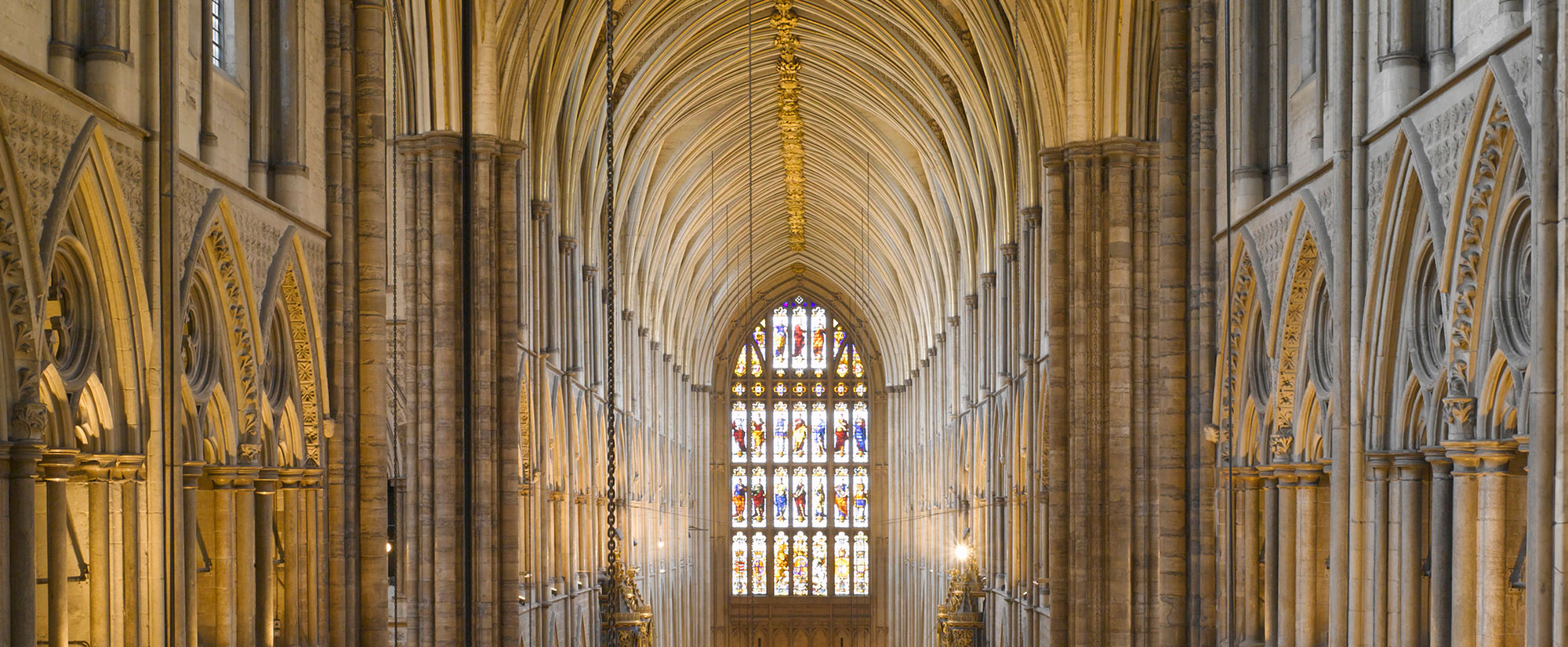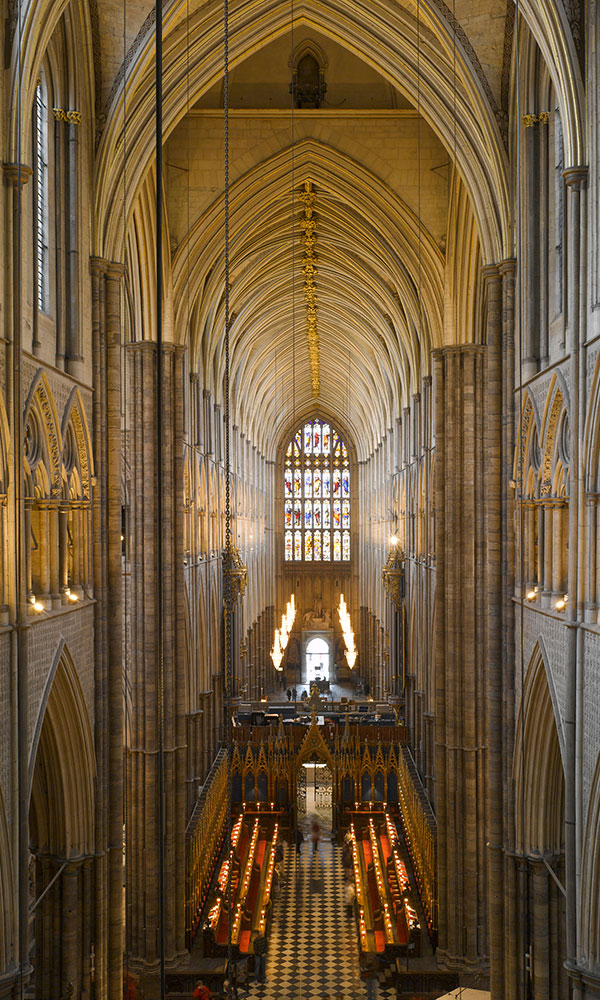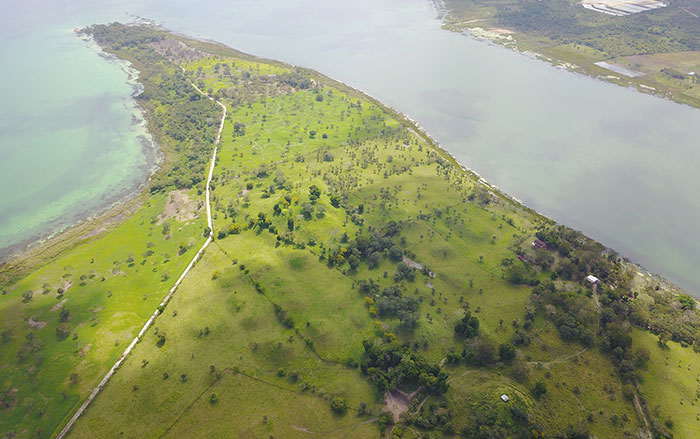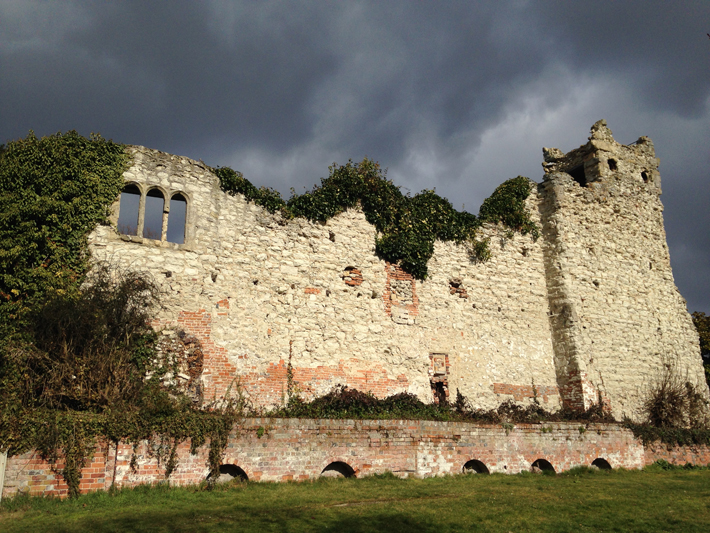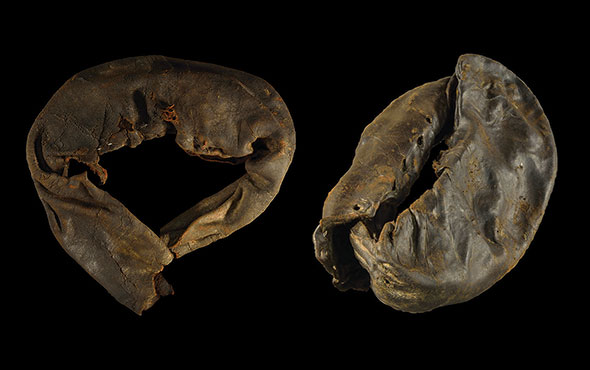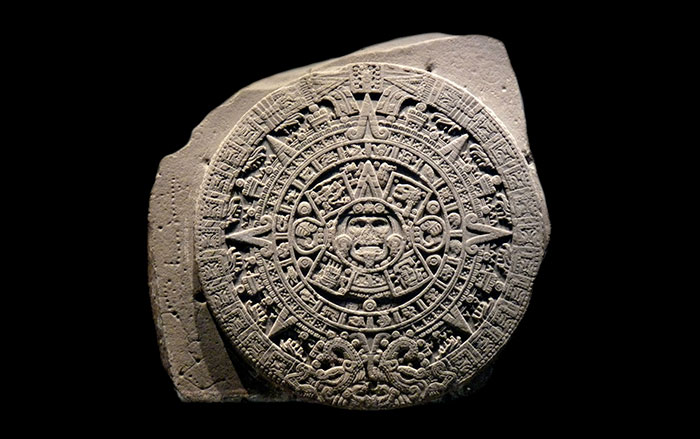
STIRLING, SCOTLAND—The Scotsman reports that a skeleton has been discovered in the foundation trench of a wall in the remains of a Dominican friary operated by the Blackfriars from A.D. 1233 to 1559. The man’s arms were crossed over his body, which could indicate he was firmly wrapped in a shroud for burial. A bronze buckle and traces of textile found with the bones suggest the man wore a Dominican habit and was therefore a friar himself. Radiocarbon dating suggests the friar lived between A.D. 1271 and 1320, and so may have witnessed local events of the Scottish Wars of Independence, including the Battle of Stirling Bridge in 1297, and the Battle of Bannockburn in 1314. Bob Will of Guard Archaeology said the site has also yielded shards of window glass, and what may have been the friary’s kitchen, where historic records indicate the Blackfriars ate imported foods such as figs, raisins, and wine. For more on archaeology in Scotland, go to “Fit for a Saint.”






